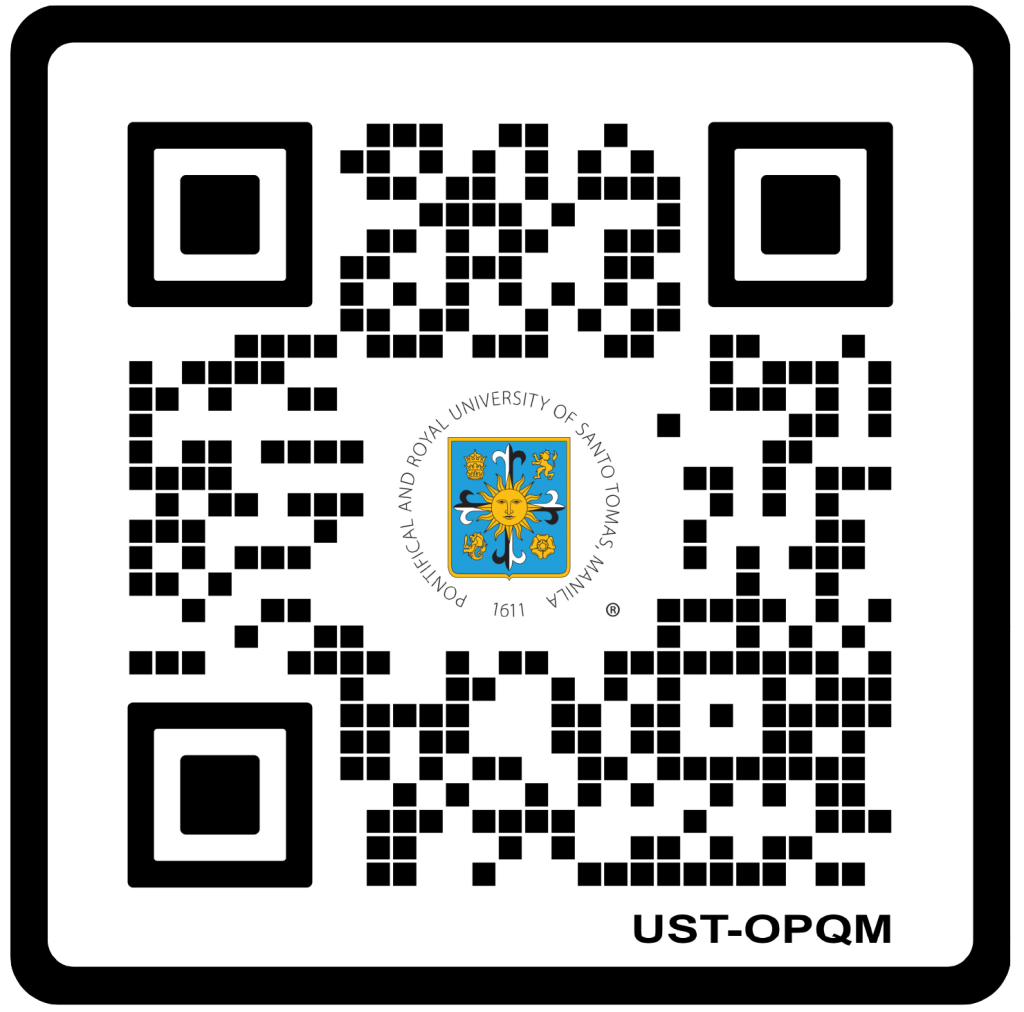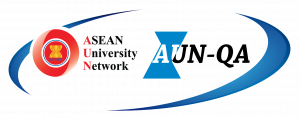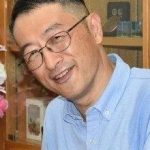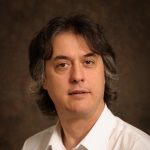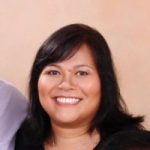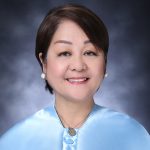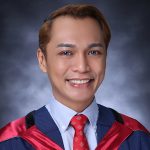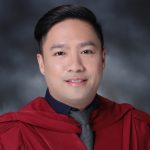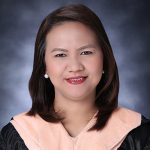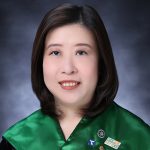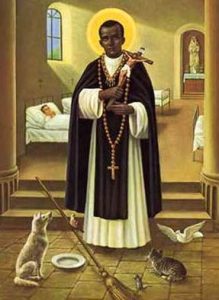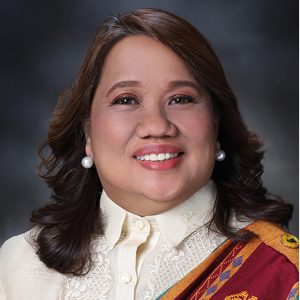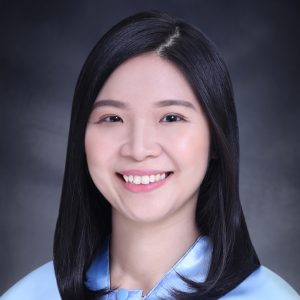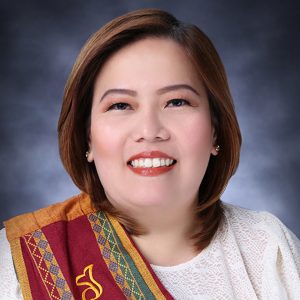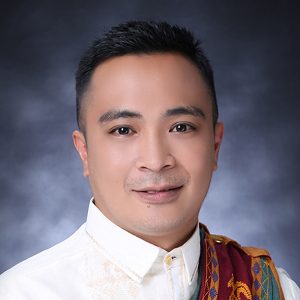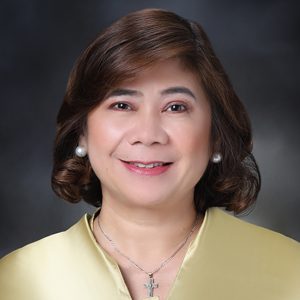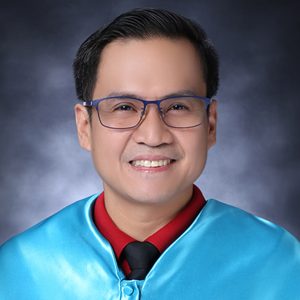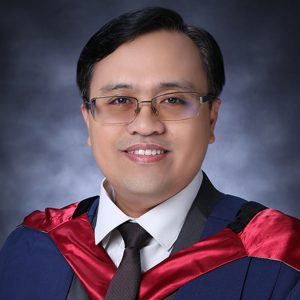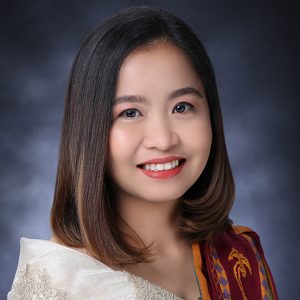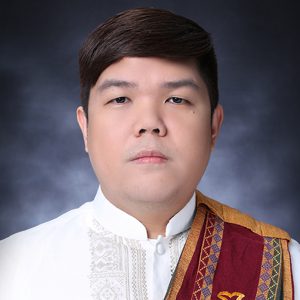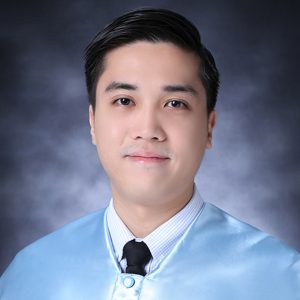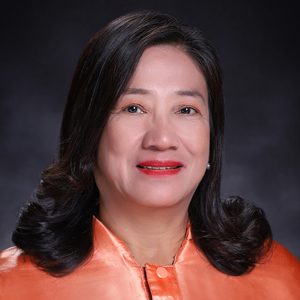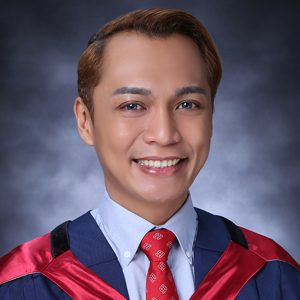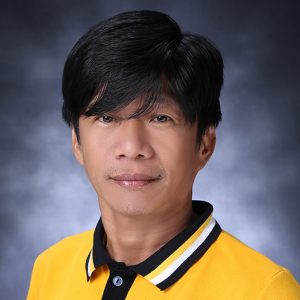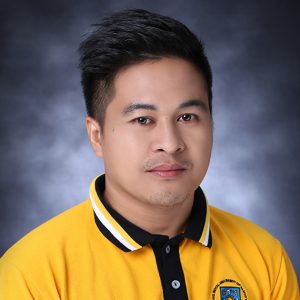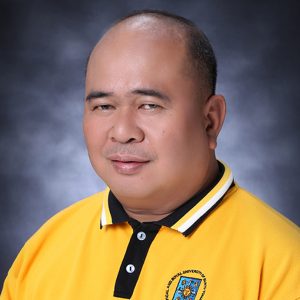Patron of the UST College of Rehabilitation Sciences
Feast Day: November 3
Interracial harmony is an ideal that people continuously strive for even to this day. One man became a symbol of this for the Catholic faith in the 1600s: St. Martin de Porres.
Born on December 9, 1579 in Lima, Peru, he was the son of a Spanish nobleman and a former black slave. While his dark tinge earned him some degree of neglect from his father, he was able to be friends with a doctor who taught him the art of healing.
Believing he can serve others with this gift and armed with an arduous dedication to the Lord, he entered the Order of Preachers, one of the first of mixed races to do so. He began as a servant and did even the most menial of tasks selflessly. Finally, his superiors took notice and commanded him to accept the habit of a lay brother. As he carried out his ministry, he became known for his ascetic lifestyle, social work and unique healing powers.
His genuine compassion for the downtrodden led him to establish a residence in Lima for orphans and abandoned children. He died in Lima, Peru on November 3, 1639, leaving behind a legacy of interracial harmony, selfless service and unquestionable holiness.
He was canonized by now-St. Pope John XXIII on May 5, 1962.
Sources:

